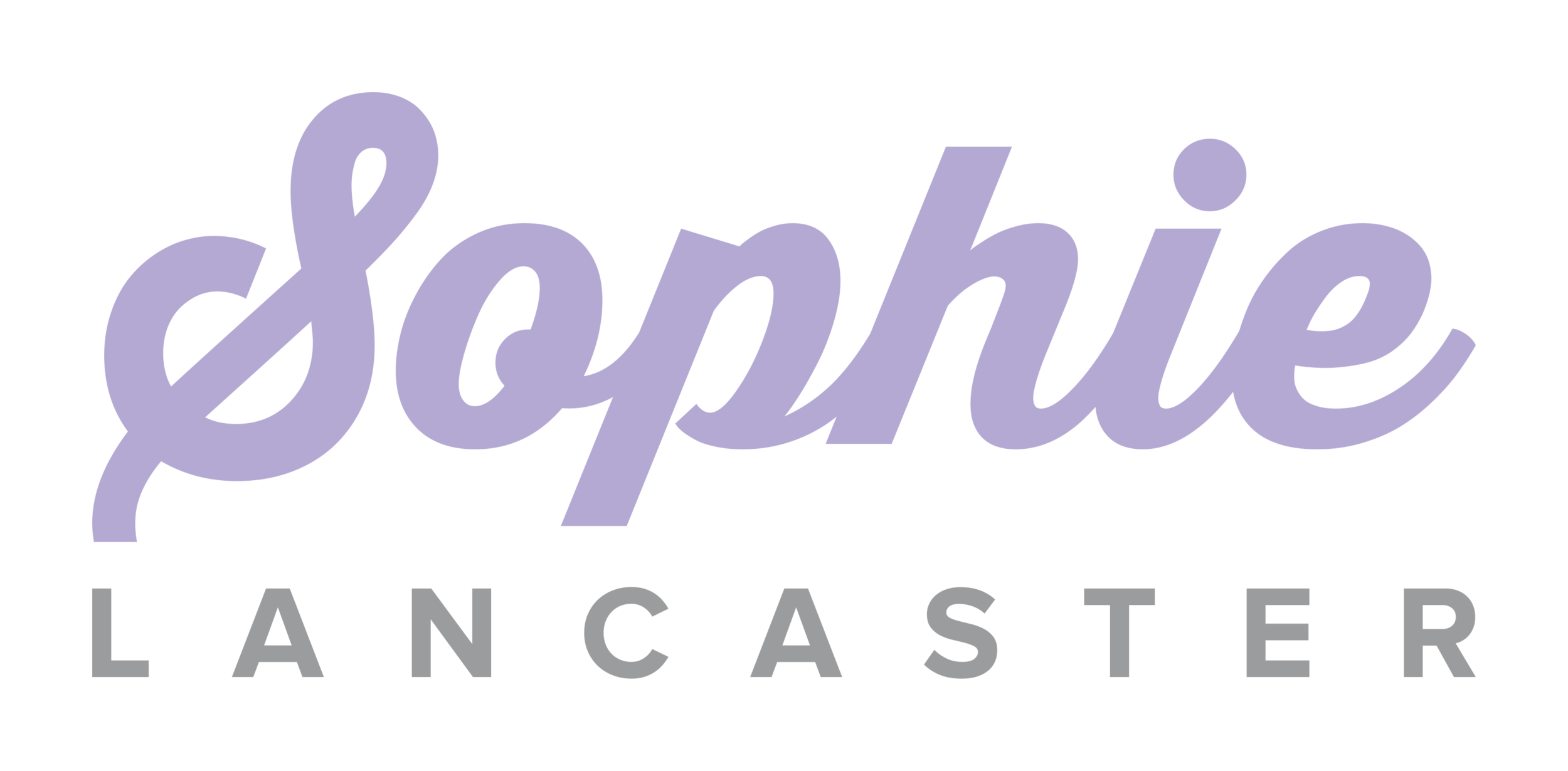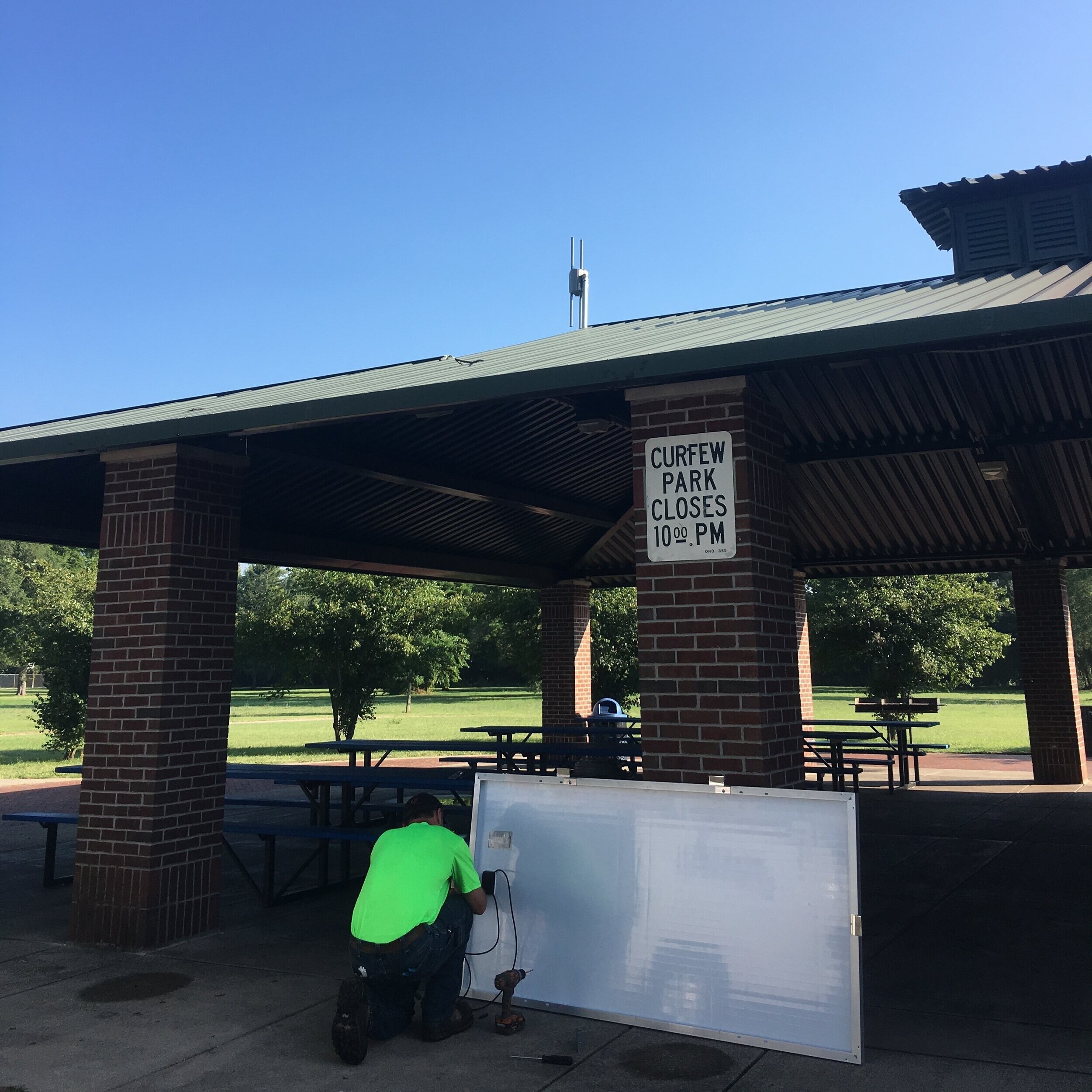
Connectivity Pavilions
Service Design
Bridging the digital divide in South Bend, Indiana

Connectivity Pavilions
How might the City of South Bend bridge the digital divide by increasing access to internet among low-income communities?
Skills Used
Discovery Research
Problem Area Identification
To start the project we identified a specific problem within South Bend: the digital divide. While there are many residents in South Bend that have access to commercial WiFi or free WiFi provided by the city, the pictures below illustrate that there are some underserved communities. The picture on the left is a heat map of free and reduced lunch households in South Bend and the picture on the right is a map of the fiber optic cable lines in South Bend. These pictures illustrate, with a star, that the Southeast neighborhood community, the location of our prototype, faces the digital divide, partly because many neighbors living in this area face financial struggles and partly because the city’s free WiFi does not extend to their neighborhood. This was a good first step in identifying a problem location but in order to make sure that this was the perfect place for our prototype we conducted even more research. To do this we used ArcGIS software to create maps showing factors such as proximity to internet providers, proximity to schools, income demographics and access to public WiFi. Using a decision matrix, we normalized the values we got from the ArcGIS maps and found that the Southeast neighborhood park was in fact the best place to build our prototype.
Community Feedback
Meeting with the residents of the Southeast neighborhood where we pitched our idea for the pavilion and got their feedback.
Confirming Need and Desire for Prototype in the Community
Once we decided on the optimal location for our prototype we attended a neighborhood council meeting in this location and proposed our ideas to members of the community. The community members were ecstatic about our proposal and felt that there was a real need for this in their neighborhood. They also provided us with great feedback regarding things such as weather constraints, security concerns and potential add-ons. After meeting with the neighborhood residents, we got in contact with somebody who worked for the City of South Bend and proposed our idea to make sure they felt that it was a useful project. During this meeting we also wanted to gain a better understanding of what might happen with the project after we completed the first prototype. After these meetings, we confirmed that our project had meaning and purpose in the community.
Lessons Learned
Learning Technical Skills From Industry Partners
Meeting with Mike Bieganski from nCloud who helped us understand how city WiFi works and the infrastructure we would need to bring this to the pavilion.
Our team consisted of engineers from a variety of backgrounds and because of this there was a lot that had to be learned about the technical aspects of this project. This is where meetings with our industry partners were very important. For example, we had multiple meetings with Mike Bieganski from nCloud to learn about different routers, access points and other intricacies of public WiFi. Furthermore, we had meetings with Melody Callander from Inovateus Solar to learn about which solar panels to use and how to store the energy from those panels into a battery that would power the pavilion in less inclimate weather. Overall, we learned many valuable lessons and skills throughout this project with the help of our industry partners.
Final Solution and Future Plans
A Two Part Solution
Our final product has two parts. The first is the physical structure including the solar panel and access point that provides free WiFi for the Southeast neighborhood. As a team we love that our product not only bridges the digital divide by providing WiFi but does so in a clean way. The pictures below show the range of the WiFi we created and a snapshot of a signal connectivity test. When the sun is shining, the solar panel creates 350 Watts of power and the access point only requires 30 Watts, so the battery stores the excess power. In the future our hope would be that some of that excess energy could be used to power pavilion add-ons such as lighting or charging stations. The second half of our final product is a transferable plan for the City of South Bend. This plan includes the documentation of our prototype, our cost estimates, our validation of the solar panel’s power, and a ArcGIS map of pain point areas. South Bend has committed to increasing public access to free WiFi but has not decided how it is going to do that. However, if South Bend decides to implement our design in the future, this process could be made really easy due to our clear transferable plan and connections we have made with the Venues, Parks, and Arts Department, the Office of Innovation, Bowman Creek Educational Ecosystem, Inovateus Solar and nCloud.
Contributions
I would like to say a special thank you to my co-leader, Gemma Stanton, the other ten members of the team, our academic advisor, Gary Gilot and all of our industry partners. This project was a huge success but it would not have been possible without the contributions of each of these members.
To build camaraderie amongst the team we took a group outing to downtown South Bend.















